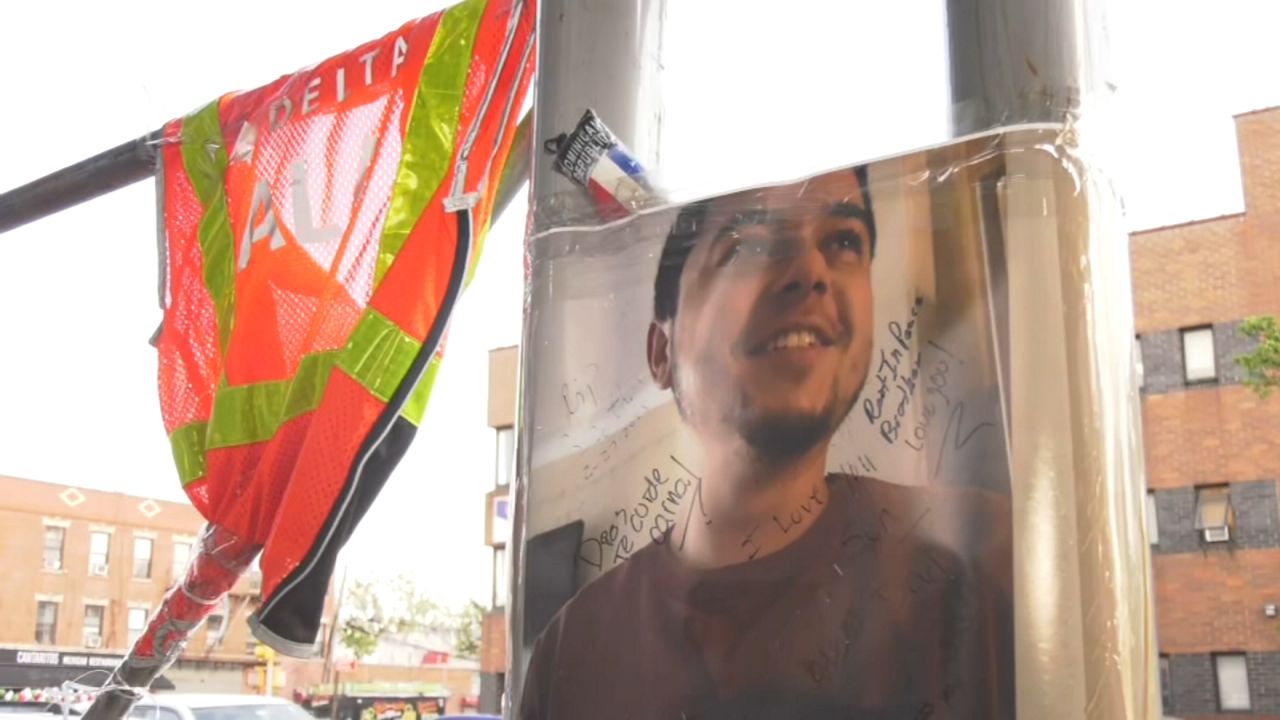Long Island City in Queens is the fastest growing neighborhood in the city and it's becoming a powerful economic engine as well. NY1's Ruschell Boone has a look at the changing landscape.
Standing in Long Island City and looking west it's hard to tell where the neighborhood's skyline ends and Manhattan's begins.
"Over the last 10 or 11 years we've had an amazing amount of development," said Long Island City Partnership President Elizabeth Lusskin.
Six years ago, a partnership study found that more 350 projects were planned or underway.
"About 150 of those or so are done. Another 70 or so are in construction and then there's another 130 or so that are in some stage of planning or development behind that," Lusskin said.
And even more projects have since been planned.
In the late 1980's the waterfront in Long Island City was bare and the neighborhood was filled with warehouses and small family homes and apartment buildings. The CitiCorp building, since renamed CitiGroup, became the lone skyscraper in the 1990's.
Then the waterfront became a hot place to build. Developers were wooed by relatively inexpensive land and new residents were lured by the easy commute. Development has been marching inland ever since.
"It's everything from commercial office, to hotels, to residential rentals to residential condos and a lot of retail is finally coming online as well," Lusskin said.
But rapid growth has not been easy for long time residents like Kenny Greenberg. He moved there in 1988.
"When I came here it was basically everybody knew each other. We didn't have noise like that going on. I use to tell people I live in the country," Greenberg said.
Now he says there is wind and dust from the constant construction, in some places the sky is being blocked out by clusters of buildings and much of the community feeling is gone.
"Maybe five or six people would come off the number 7 train in the evening and we all knew each other and now there is thousands of people coming off of it," Greenberg noted.
There is also the issue of affordability, but Greenberg admits some of the change has been good.
"The park along the waterfront is very nice. It's nice having the ferry. It's nice having a supermarket that is kind of higher quality than what we had," Greenberg said.
And there is a lot more retail on the way.






_Dnt_Budget_-_PS_Cell_Phone_Ban_Clean)
_PKG_LONG_ACS_NYCHA_PROBLEMS_CG)